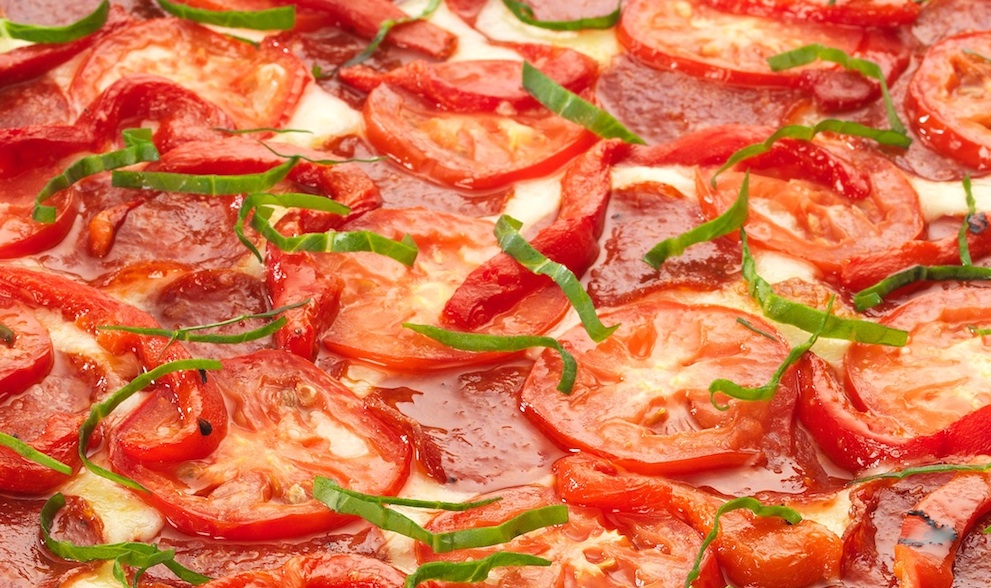Chef Bret Donaldson forwarded this NPR article to me and I thought it made for quite interesting reading on the subject as there are many parrells to what we are doing.
http://www.npr.org/2011/01/19/133024115 ... pad&f=1053the following are excepts from the full text
Chowders Are Winners On Winter Table
by Domenica Marchetti
NPR - January 19, 2011
I've always enjoyed a good bowl of chowder. My father was born and raised in Rhode Island, so perhaps my fondness stems from that New England connection. But it wasn't until a few years ago that I started to become obsessed.
I started researching the origins of chowder and wrote an article about it.
That's when I heard from Sean Smith. Smith is a fluvial geomorphologist for the state of Maryland (he studies rivers). He, too, has New England roots, in Massachusetts, and loves chowder. Really loves it. So much so that for the past eight years he has organized a chowder-making competition, which takes place every February at the Severn Sailing Association in Annapolis, Md. Thanks to Smith, I have been in the enviable position of being a judge for the contest for the past two years, and plan to return this February (right, Sean?).
The competition is informal -- it's held in the association's clubhouse, a comfortable room with a large hearth and floor-to-ceiling windows overlooking the harbor -- but it is also fierce. Contestants arrive in the early evening, armed with slow cookers brimming with chowder. The pots -- there were 17 last year, and Smith expects even more this year -- are arranged on several long tables pushed together buffet-style. The judges taste and evaluate; then everyone gets to dig in while a jazz band provides entertainment. Winners are chosen in the "classic" category and "innovative" category. A people's choice winner is also declared.
The question is: What, exactly, makes a winning -- or, for that matter, a true -- chowder? The dish hovers somewhere between a soup and a stew but is really neither. In his book 50 Chowders, author Jasper White calls chowder "a dish unique unto itself." Its origins are uncertain. It's possible that the word "chowder" comes from the French word chaudiere, or caldron, the vessel in which the dish was cooked. Or, as White also points out, it may derive from the word "jowter," meaning fishmonger, a term that was used in coastal regions of England as early as the 16th century. White speculates that chowder is one of those dishes that "occurred simultaneously in many parts of the world."
Early versions were frugal compositions of pork fat, onions, potatoes, fish, dry biscuits or flour for thickening and herbs, layered in a pot and cooked in water, with a little milk added toward the end of cooking. New York's famous (or perhaps infamous) Manhattan clam chowder, notable because it contains tomatoes, did not make an appearance until the 1800s. Some traditional chowders, such as Rhode Island clear clam chowder, contain no milk or cream, and others, such as Nantucket veal chowder and classic ham and corn chowder, feature meat rather than seafood.
At its most basic, Sean Smith told me, a good chowder must contain salt (usually but not always salt pork) and starch in the form of potatoes or corn. And it needs to have a good stock -- at least to produce a winning chowder. The stock should bespeak the ingredients in the chowder. Thus, crab chowder is best made with crab stock, and ham and corn chowder should ideally be made with ham stock. The best chowder, Smith said, is one "that has a taste that makes you remember it, but doesn't have single ingredients that knock you out with a punch."
"Dull chowders in restaurants are often victims of too little reverence for a good stock preparation," he added. "There often seem to be attempts to cover up stock problems with heavy cream, but it just compounds the problem by limiting taste."
Also, Smith noted emphatically, "true chowders have chunks." Those thick, pasty concoctions with bits of seafood here and there, which no doubt many of us have been subjected to at touristy dockside restaurants, do not qualify as chowder and indeed are more like bisque.
The great thing about chowder is that it is so wonderfully accommodating. Shearin puts edamame in her vegetarian chowder. I put fennel in my seafood chowder. Somehow it works. I dare say you could probably even toss in some tomatoes if you are inclined. But I wouldn't advise it if winning a competition

